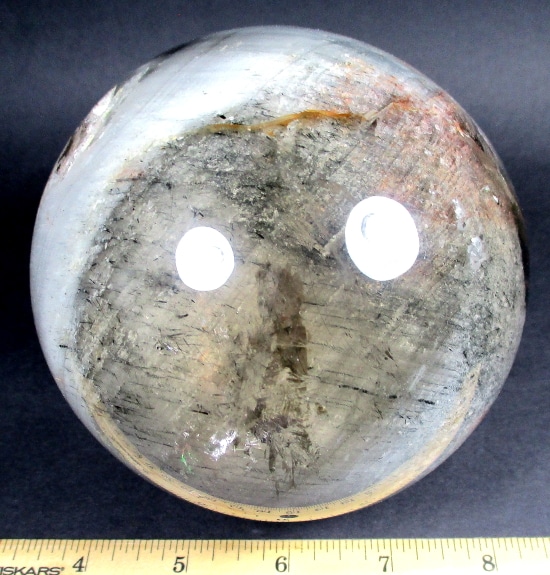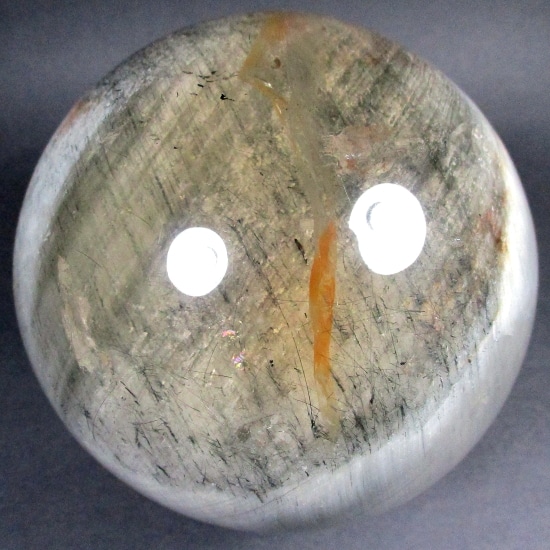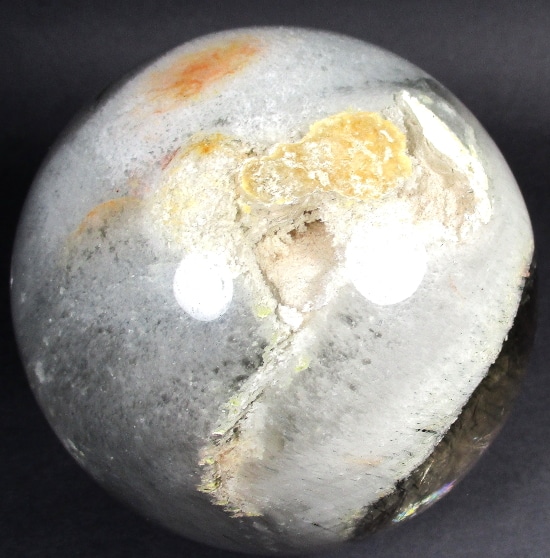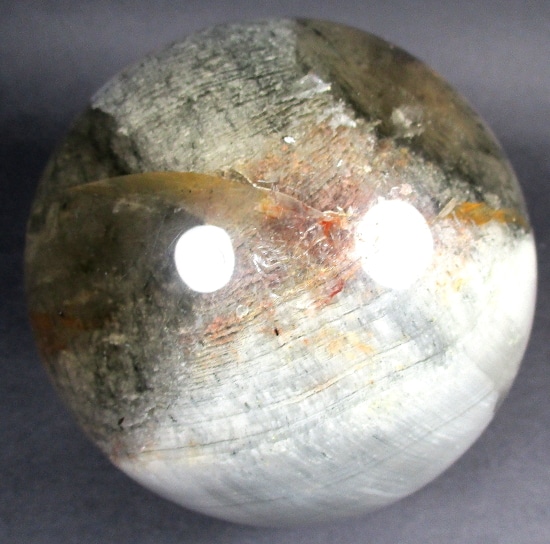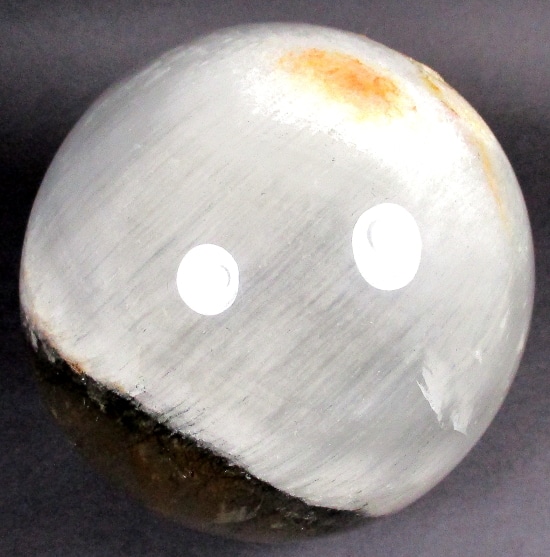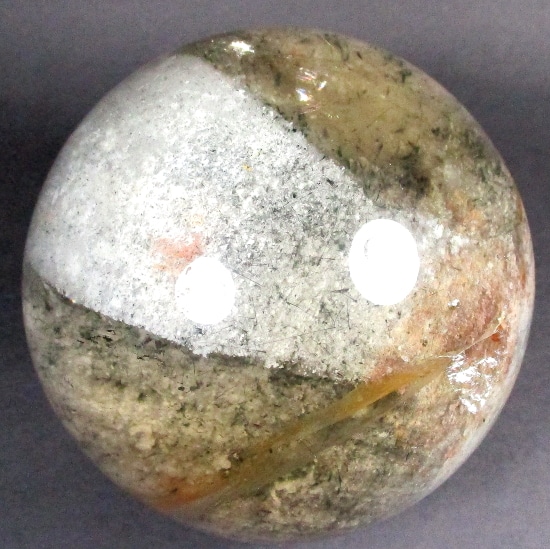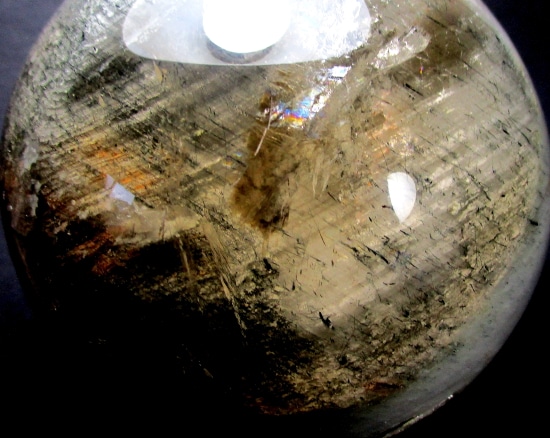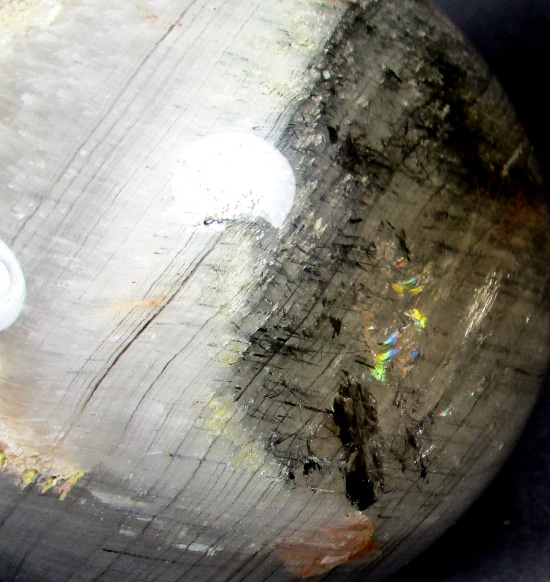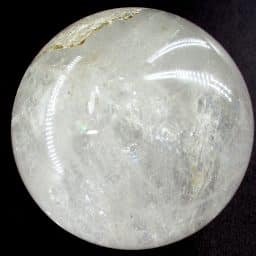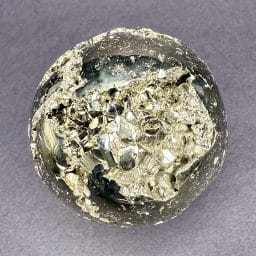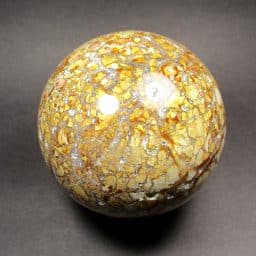Description
Quartz is the second most common mineral in the Earth’s continental crust. It is mainly composed of Silica or Silica based minerals. Although Quartz is known by a variety of names, the most important distinction between types of Quartz is that of macro-crystalline, individual crystals visible to the unaided eye, and micro-crystalline, where aggregates of crystals are only visible under high magnification. There are many forms of Quartz including Chalcedony, Amethyst, Citrine, and Carnelian which are results of mineral impurities or heat treatments.
Dendrites are branched or tree like inclusions, usually manganese or iron oxides that are caused by irreversible aggregation of small particles forming large cluster. Dendritic crystal growth is common and resembles a snowflake formation or frost patterns on a window. Dendritic crystallization forms a natural fractal pattern. The term “dendrite” comes from the Greek word dendron, which means “tree”. It has only been in recent years that researchers have begun to understand how dendrites form and these ideas were developed by chemists and mathematicians working in disciplines called chaos and fractal geometry. Colloidal-sized particles move in random paths in a phenomenon called Brownian motion.
